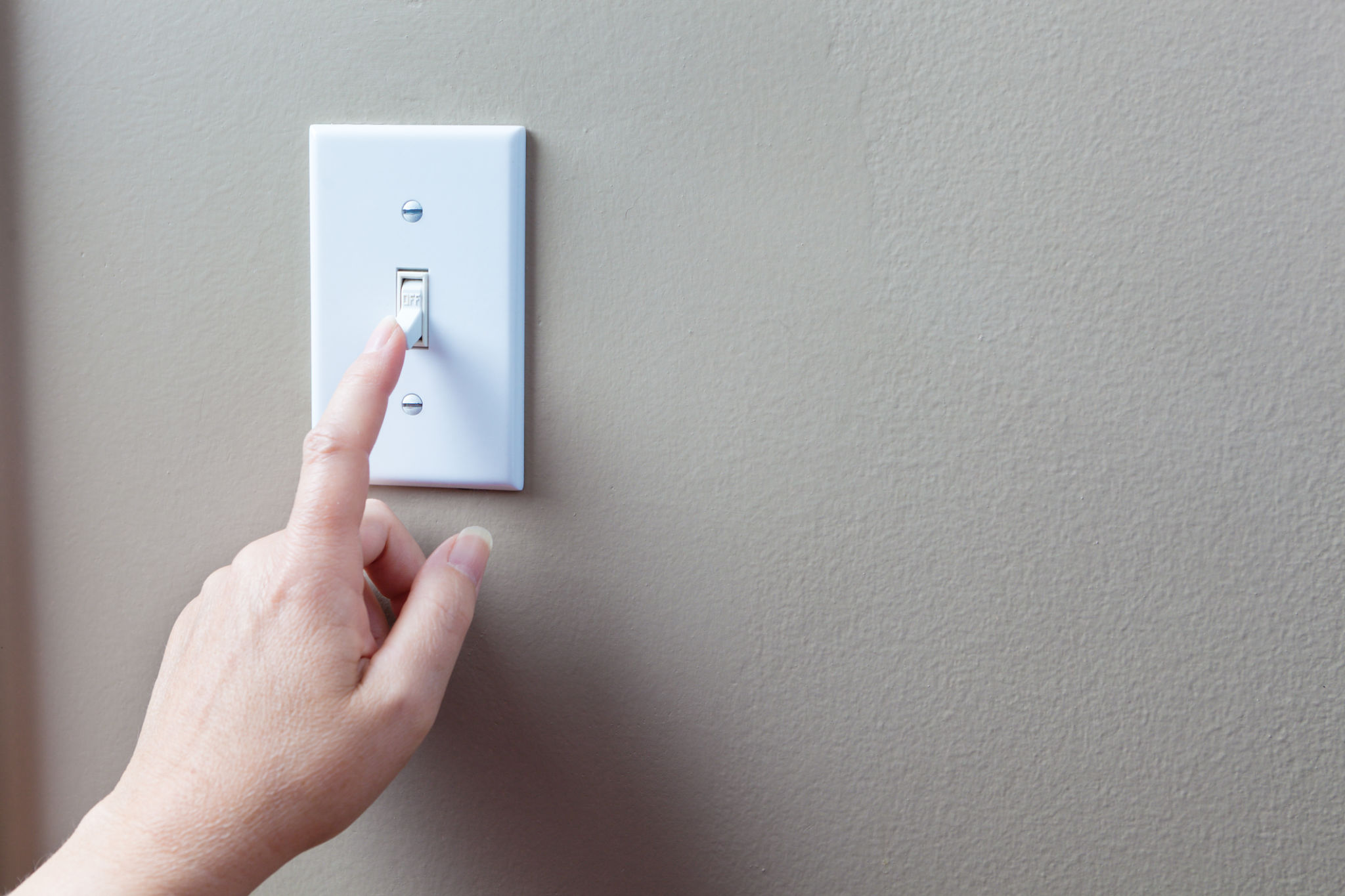DIY Electrical Repairs: What You Can Do and When to Call a Professional
AG
Understanding DIY Electrical Repairs
When it comes to maintaining your home, electrical repairs are often some of the most daunting tasks. However, there are several small repairs that you can confidently handle yourself if you have the right tools and knowledge. This guide will help you understand what common electrical tasks you can tackle and when it’s best to call in a professional.

Simple Electrical Repairs You Can Do Yourself
Replacing Light Bulbs: This is the most basic electrical task. Ensure the switch is off before you replace a bulb to prevent any risk of electric shock.
Changing a Light Switch: If a switch is no longer working, you can replace it with a new one. Ensure the power is turned off at the circuit breaker. Remove the faceplate and unscrew the switch from the electrical box, noting how the wires are connected.

Installing New Light Fixtures
Changing a light fixture is another task you can do. After turning off the power, remove the old fixture and install the new one by connecting the wires as per the instructions provided with the fixture. Ensure all connections are secure before turning the power back on.
These tasks, although simple, require careful attention to detail and safety precautions. Always use a voltage tester to ensure no current is flowing before starting your work.
When to Call a Professional
Complex Wiring Issues
If your home has wiring issues such as frequent circuit breaker trips, flickering lights, or outlets that are hot to the touch, these are signs of potentially serious problems that should be addressed by a licensed electrician. These issues may indicate faulty wiring or overloaded circuits.

Upgrading Electrical Panels
An electrical panel upgrade is not a DIY project. It involves working with high voltages and requires knowledge of local electrical codes and regulations. A professional will ensure the job is done safely and efficiently, providing peace of mind and compliance with safety standards.
Adding New Outlets or Circuits
While you may be tempted to add a new outlet or circuit yourself, this task often involves more than just connecting a few wires. It requires a thorough understanding of your home's wiring layout and ensuring that any new installations do not overload existing circuits.

Ensuring Safety in Electrical Repairs
Regardless of whether you're performing a simple repair or calling in a professional, safety should always be your top priority. Always turn off power at the breaker for any area you'll be working on, use insulated tools, and wear rubber-soled shoes to reduce risk.
Remember, while DIY repairs can save money, knowing your limits is crucial. When in doubt, it's always better to err on the side of caution and hire a professional electrician to handle complex issues.